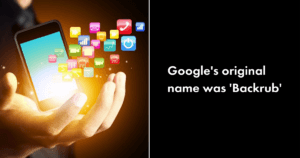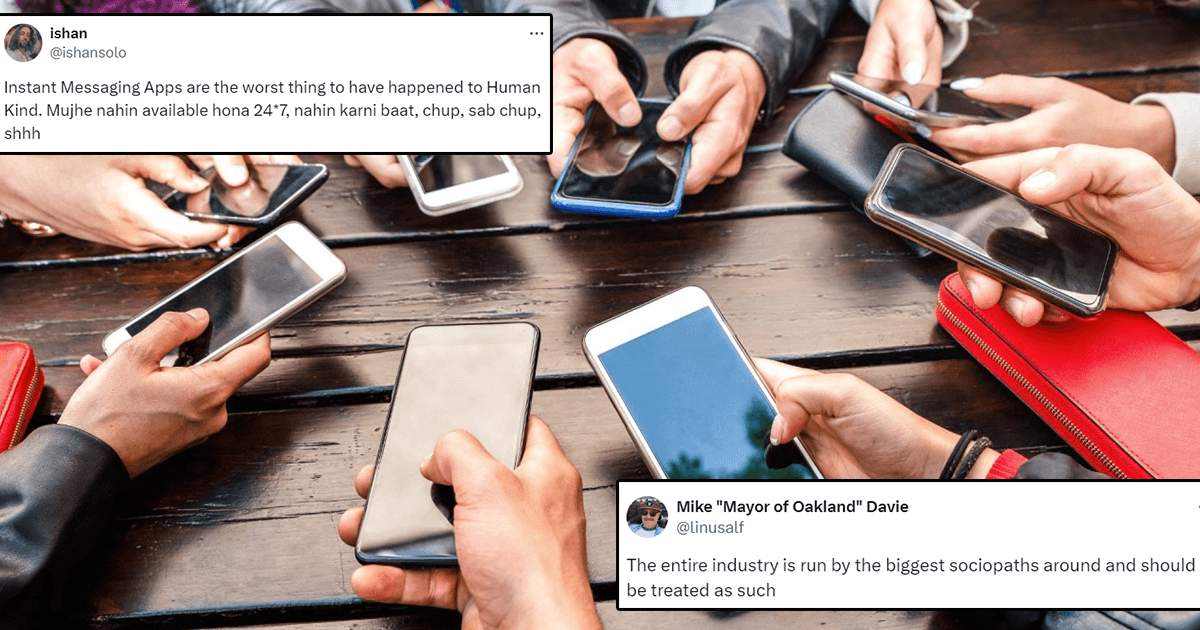Right from the first commercial release of Android OS, Google has been naming the versions in alphabetical order and after the name of deserts. Last year’s Android 9.0 was named after Pie.
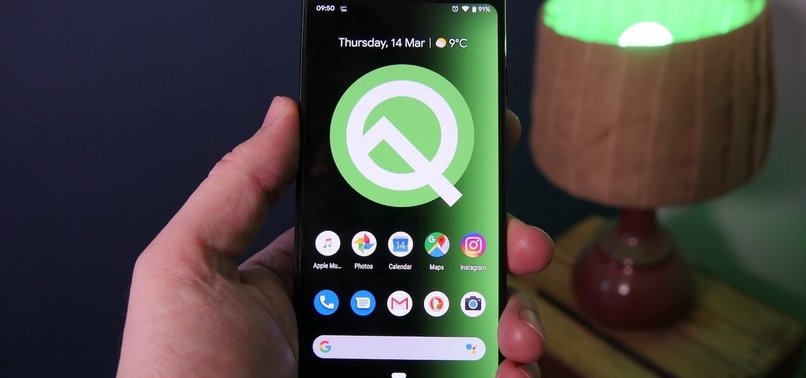
It seems that it was the last time Google has named its Android version. The company has announced that from the next Android version, it will not be named after any dessert and it will be called Android 10.
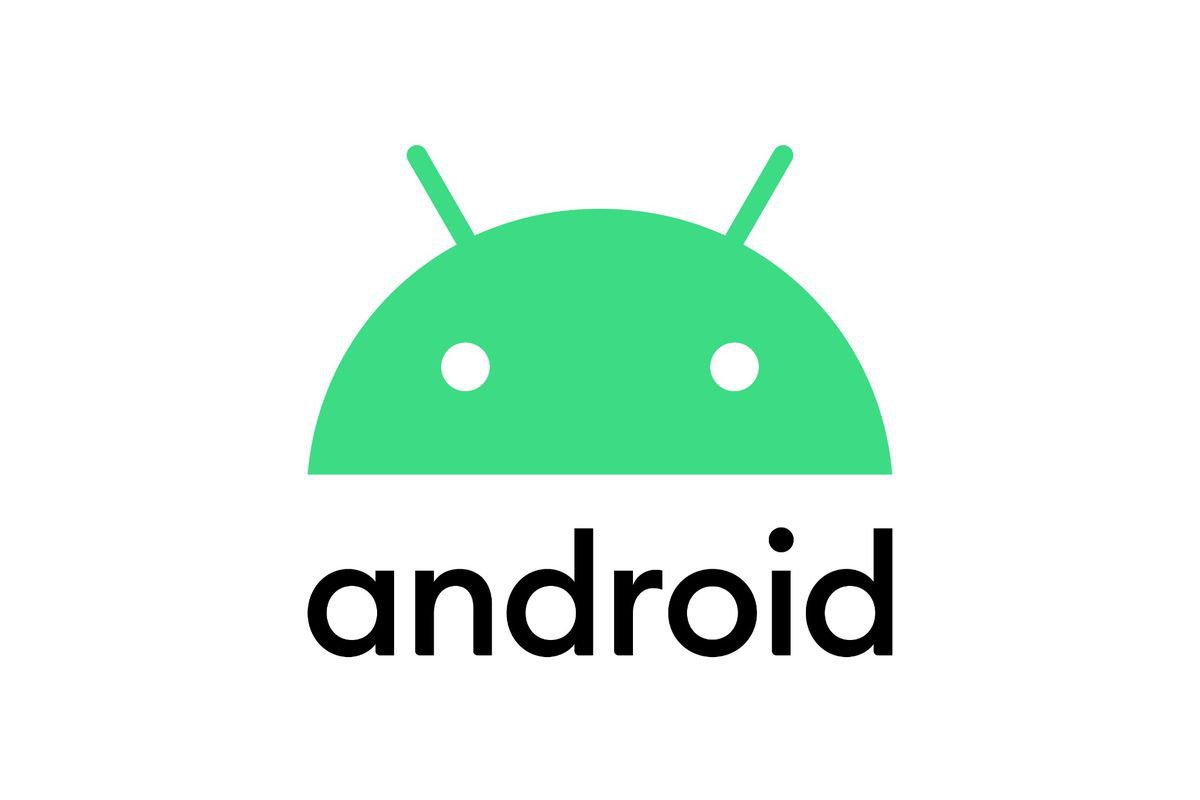
The name of the next Android OS might seem too simple but the upgrades, tweaks and new features that are coming along with it makes Android 10 a much-awaited upgrade. Here are some major upgrades that will change our Android experience.
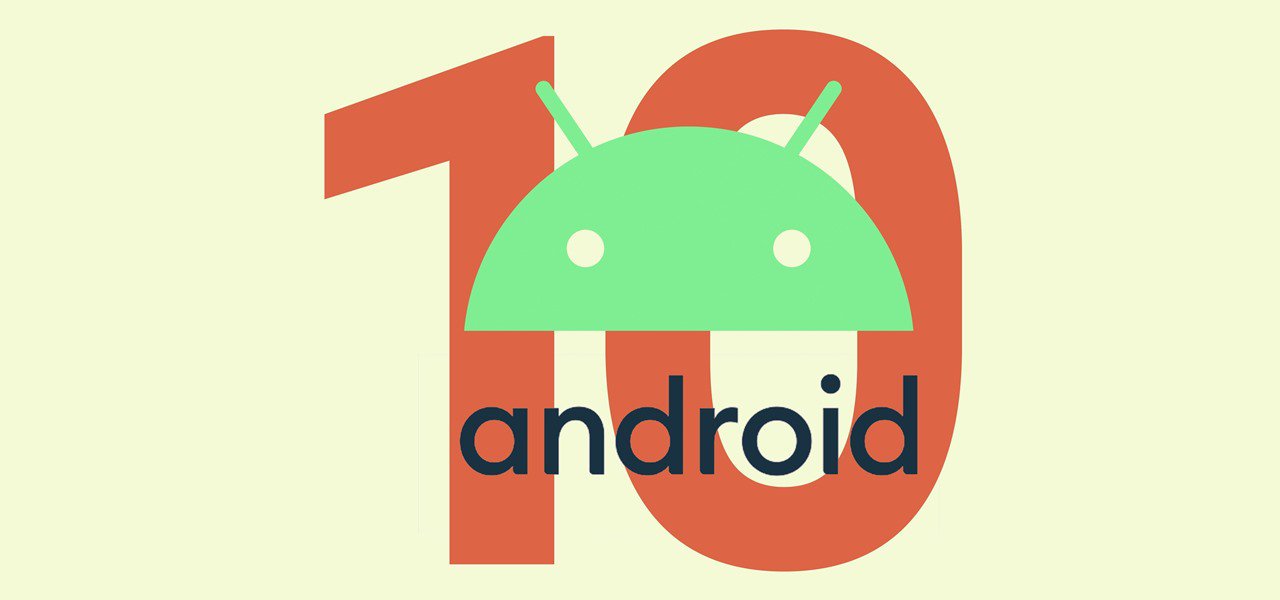
1. System-wide Dark Mode
With every popular app switching to the dark theme, finally, Google is also working on a system-wide dark mode that we will see in Android 10 which will be applied to both apps and system UI. Wondering why everyone is switching to dark mode? Well, dark mode has two major benefits that include less strain on eyes especially at night and less battery consumption for OLED displays.
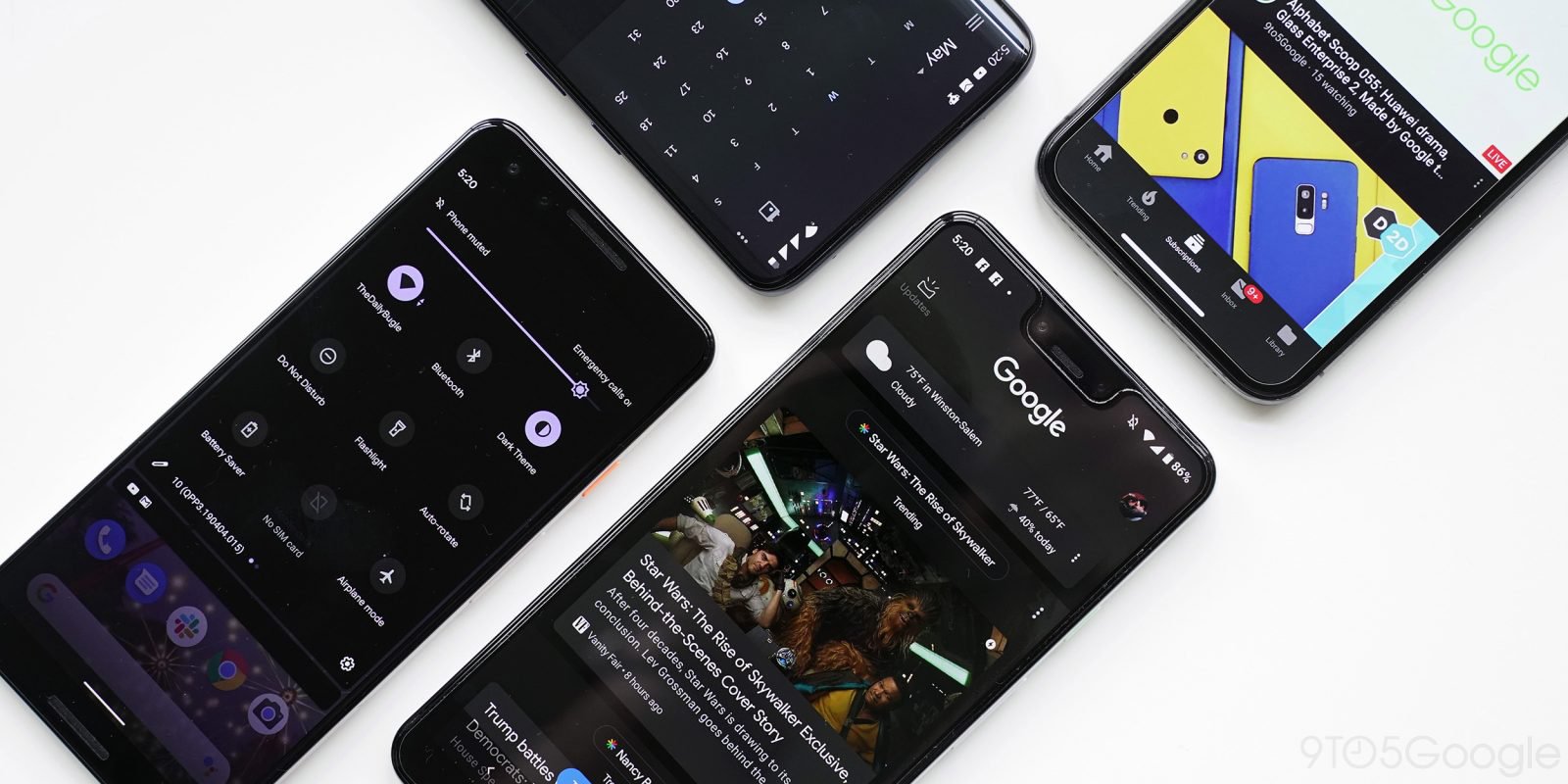
2. QR Code for Wi-Fi
The current Android version does not give you an option to connect to Wi-Fi using QR code, but after the update, a user will not need a password. The new system will enable you to create a QR code that other users can use to access your Wi-Fi.
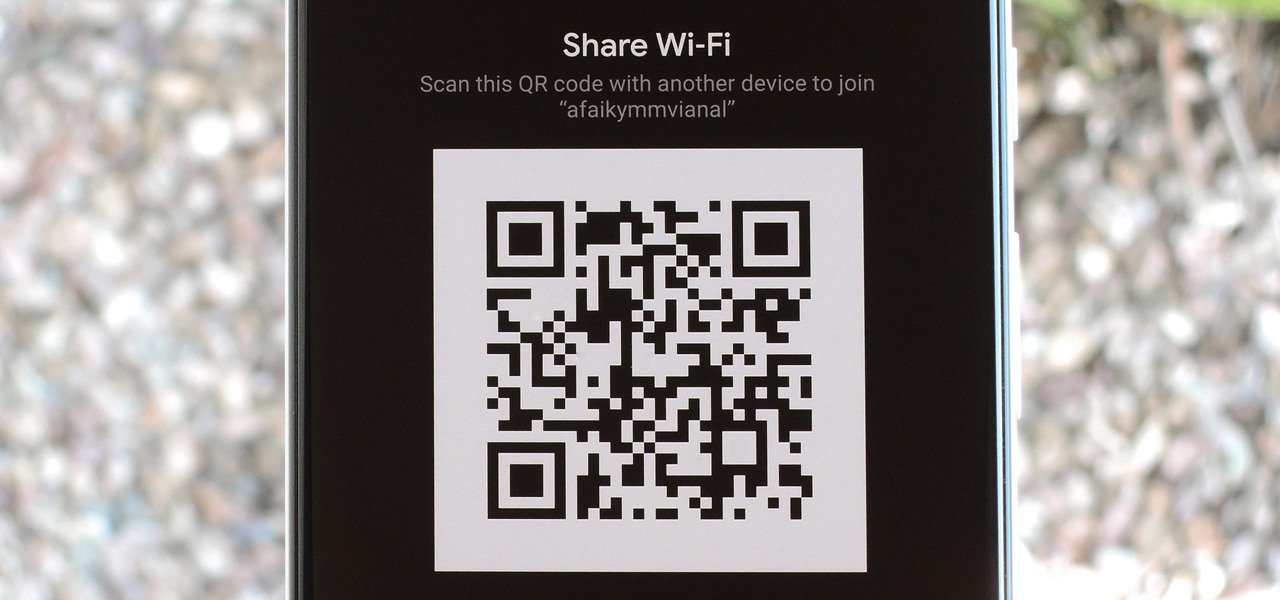
3. AudioPlaybackCapture API lets your capture audio while playing
Till Android P, the input audio could only be captured by one app at a time, but now, you will be able to get two apps to listen to audio input at the same time. For instance, you will be able to use the voice recorder app while speaking to Google assistant.

Also, the new Android version will now have AudioPlaybackCapture API, which lets you capture audio from another app that is playing. Till now this used to be a feature restricted to video only but now there is an audio option as well.
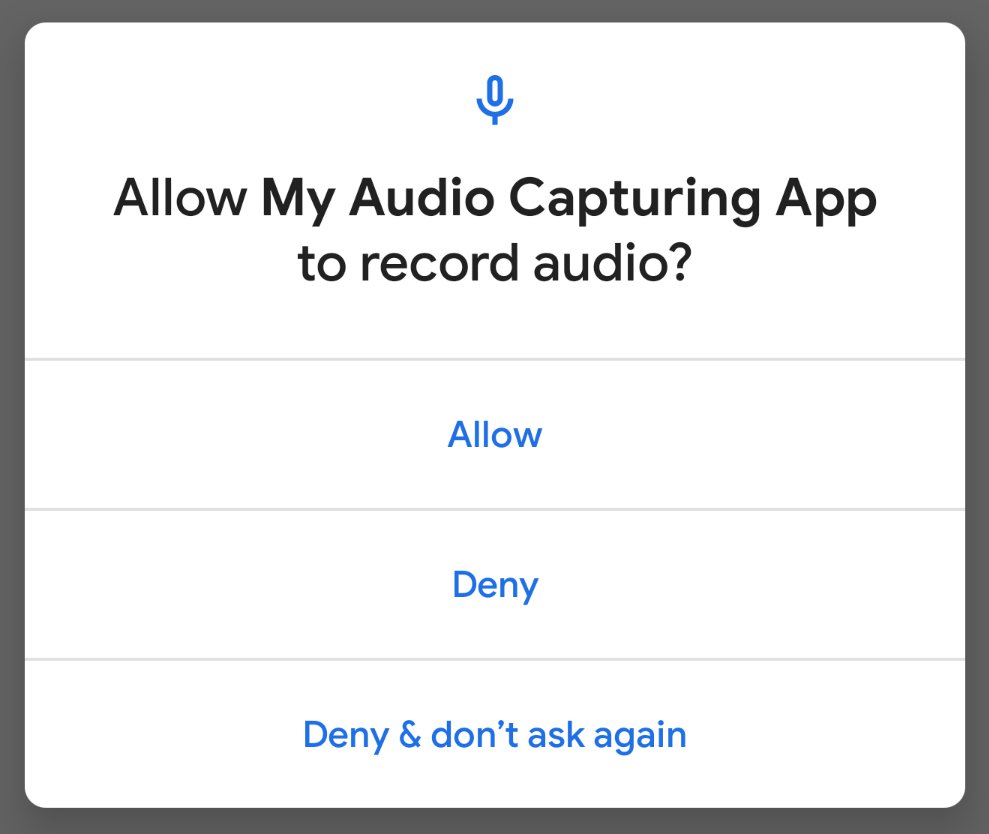
4. Thermal API will solve overheating issues
Today, thermal throttling is a big issue in smartphones. While playing games, rendering heavy videos or downloading heavy files, our smartphones heat too much which is not good for battery life.
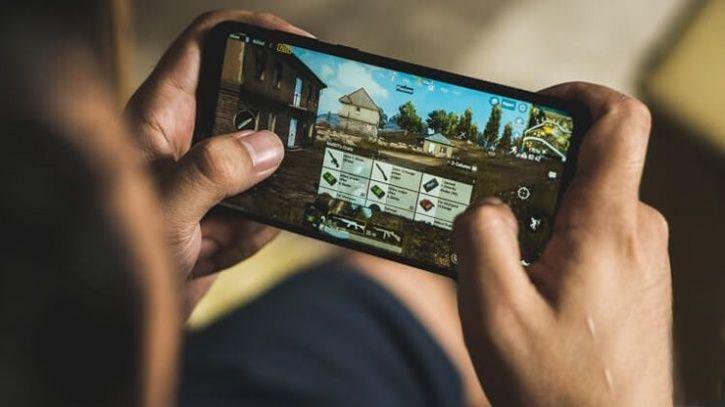
But with Android 10, Google is implementing the Thermal API which lets running apps know about the state of chipsets and processors. This means when your phone starts heating, the apps will close its services to bring down the temperature while maintaining optimum performance.

5. Easy access for settings panel
After Android 10, you don’t need to go through multiple pages to get to the desired settings page. Now, settings panels will let you access the settings that are contextual to the app that you are currently using.
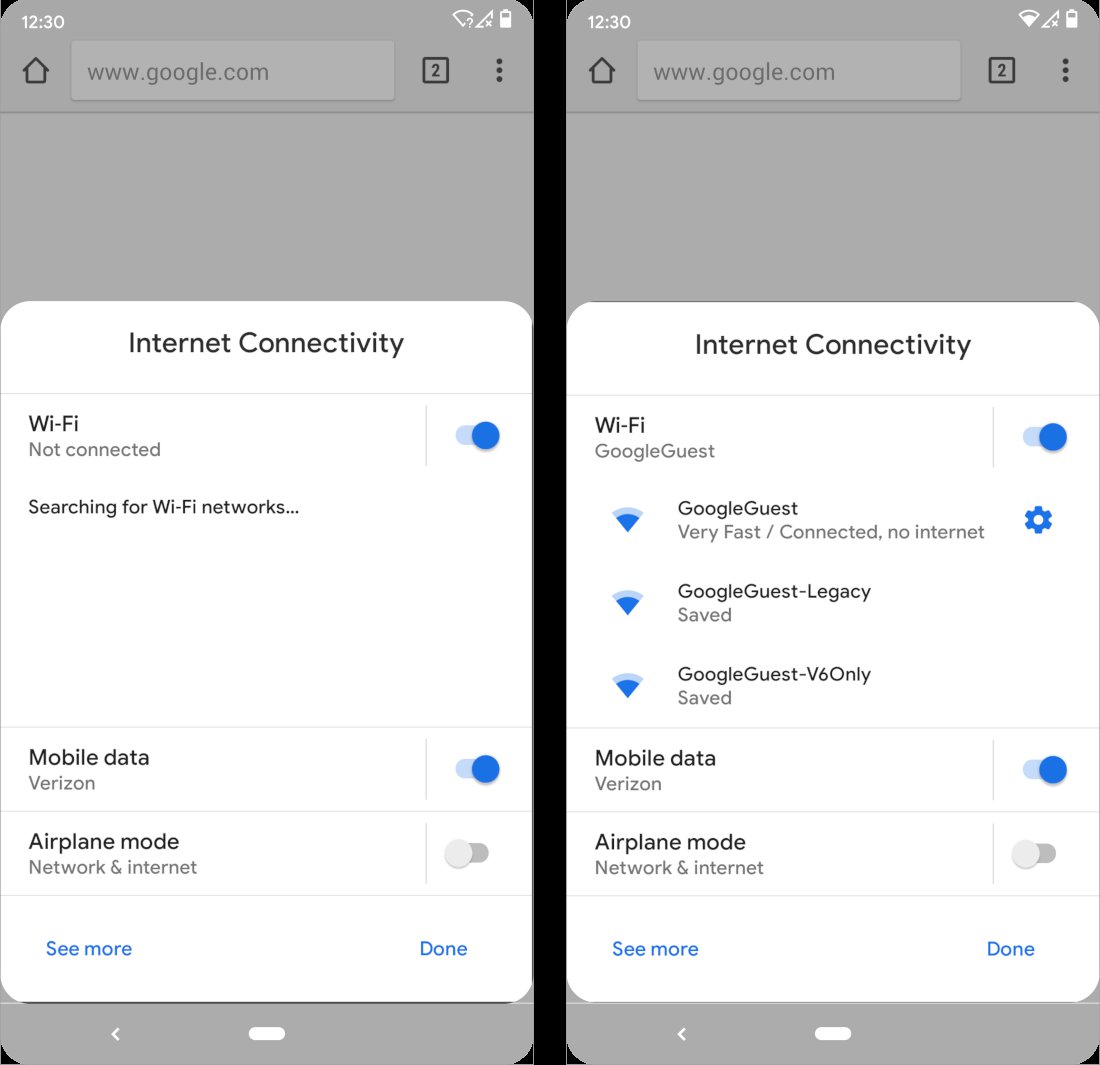
For instance, if you’re on a browser and there’s no Internet connectivity, the app will automatically open the connectivity settings page for you.
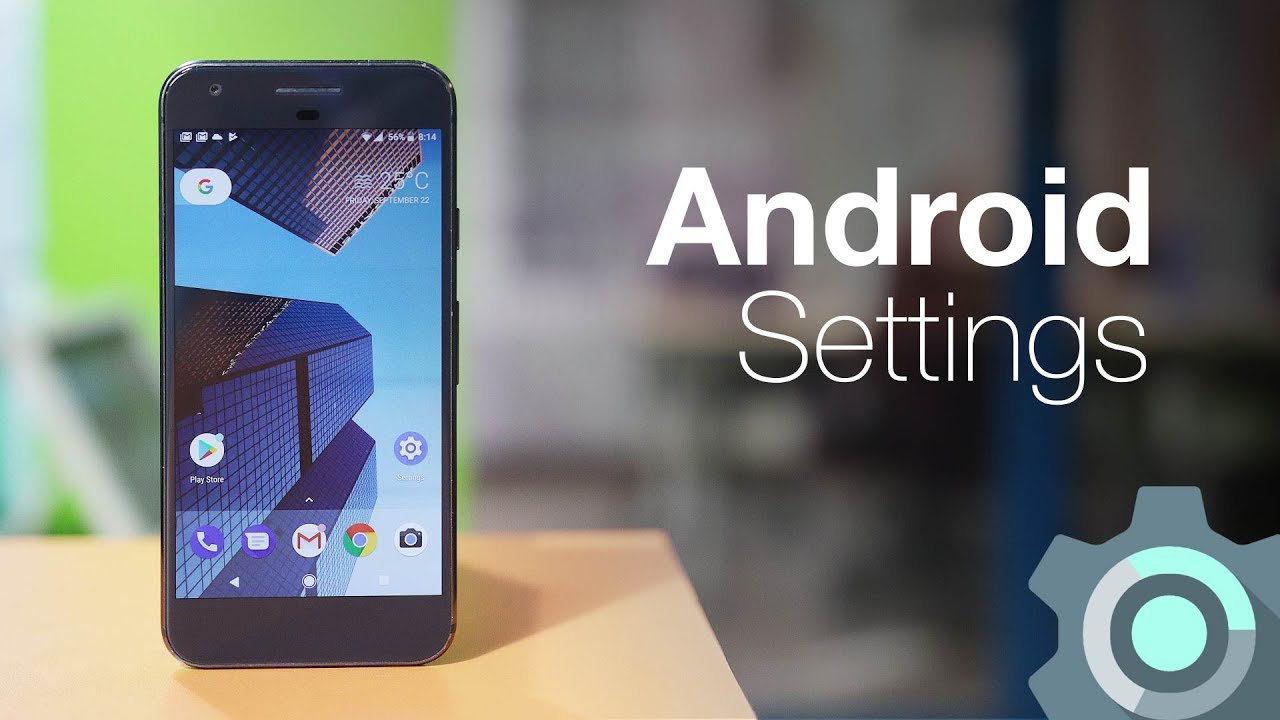
6. Popup for notifications
The new notifications will now popup on your screen even if you are using other apps. This new popup is called ‘Bubbles’ which are made to ease the multitasking. However, you can turn them off at any time.
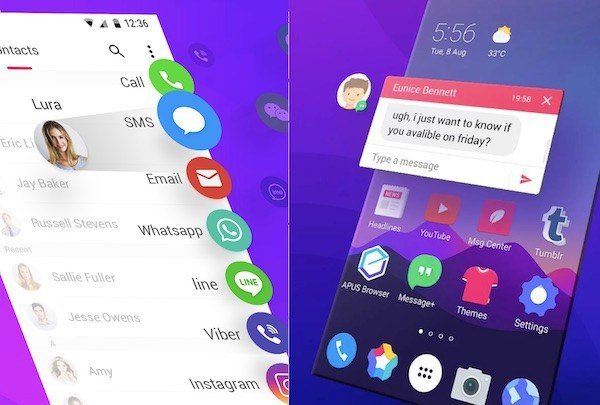
7. More control over location permissions
Currently, the apps are permitted to use your current location even in the background but after the update, the user will be able to tweak the permissions in a way that apps will be able to use your location only when they are actively used.
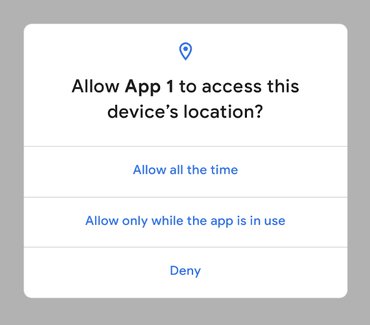
8. Privacy is the main focus this time
Android 10 is coming with several privacy tweaks which include restricting apps from accessing the phone’s screen without permission and restricting them from auto-launching.
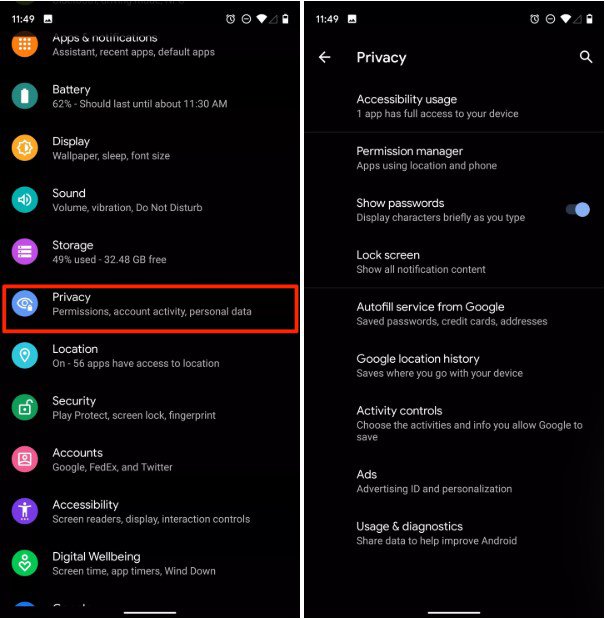
9. Support for foldable devices
Samsung Galaxy Fold and Huawei Mate X are among some smartphones with a foldable display. With a huge number of phones we might see in the next couple of years, Google has decided to build native support in its OS.
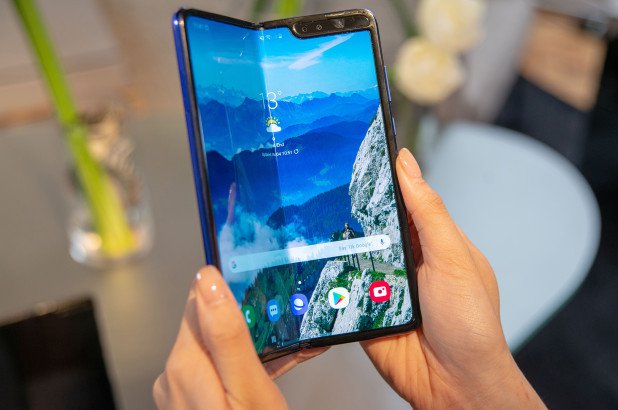
After Android 10, developers will be able to develop apps which will use the foldable design to the fullest. The support includes the app’s resizing, multi-window functions, screen ratios, display cutouts and more.
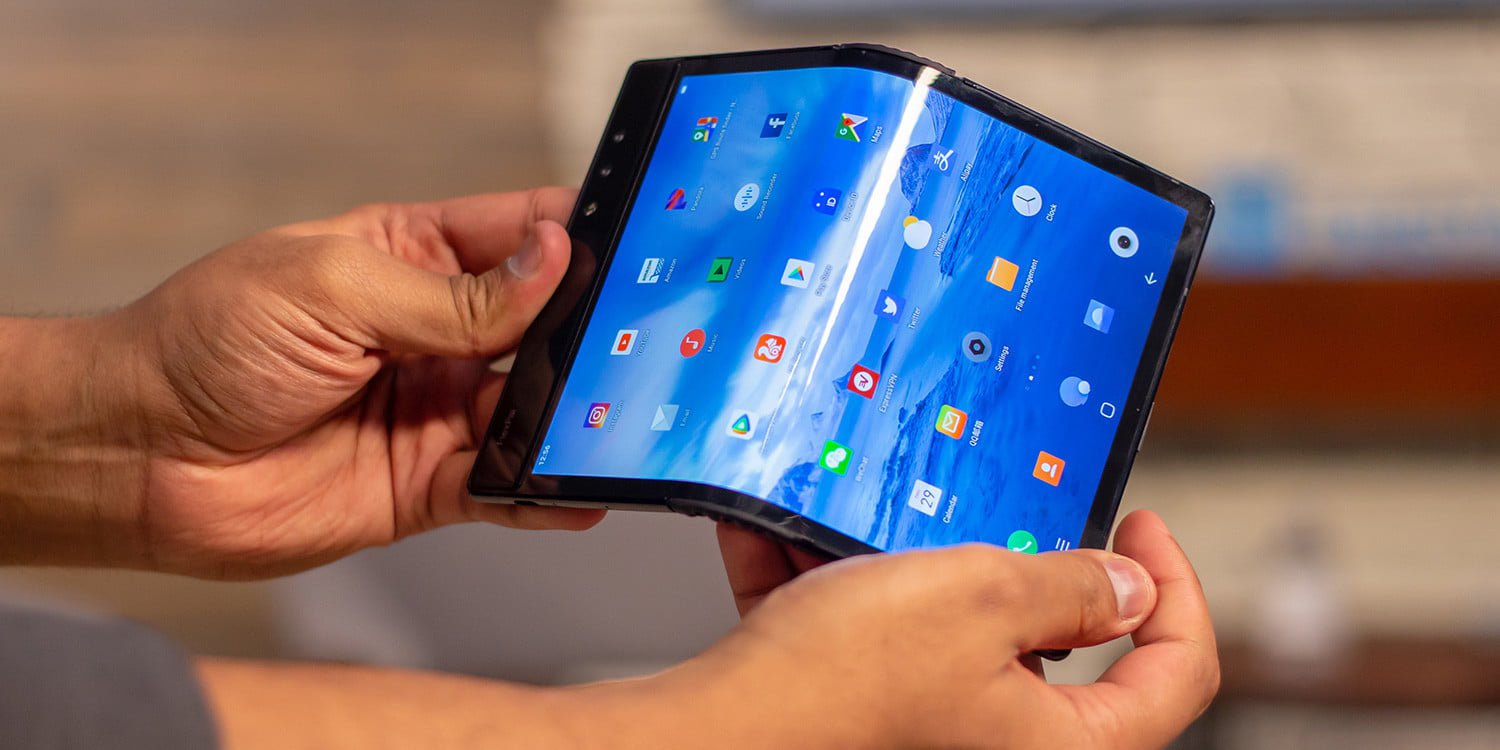
While these all seem very exciting, we will have to wait for the official release of the OS to experience them in real time.




